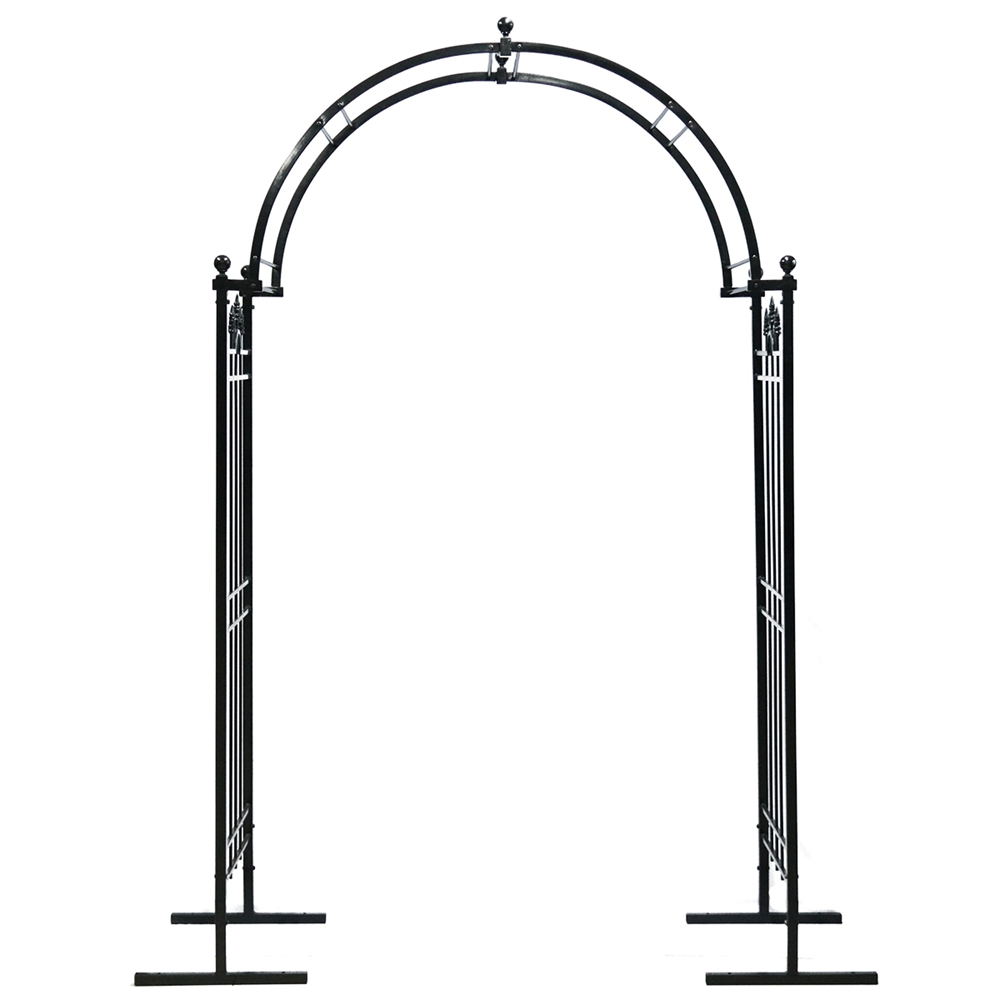nails for shed felt
11月 . 08, 2024 21:24
Choosing the Right Nails for Shed Felt A Complete Guide
Building a shed can be an exciting project, offering a multitude of uses from storage to a personal workshop. One crucial element in ensuring your shed's longevity is selecting the right roofing felt and, equally important, the right nails to secure it. In this article, we'll delve into the different types of nails suitable for shed felt, ensuring your roofing is not only durable but also weather-resistant.
Understanding Shed Felt
Shed felt is a type of roofing material that’s commonly used for covering sheds, greenhouses, and other outdoor structures. Typically made from bitumen-impregnated felt, it provides a waterproof barrier that protects the underlying materials from rain and moisture. When installing shed felt, it's important to use nails that are compatible with the material and will hold up against the elements.
Types of Nails for Shed Felt
1. Galvanized Nails Galvanized nails are coated with a layer of zinc, making them resistant to rust and corrosion. This quality is particularly beneficial for outdoor projects like sheds, where exposure to moisture is a constant concern. For shed felt, using galvanized roofing nails ensures that the nails won’t deteriorate over time, keeping your roofing secure.
2. Copper Nails Another excellent choice for shed felt are copper nails, which are naturally resistant to corrosion. Although they tend to be more expensive than galvanized options, their longevity can offset the higher upfront cost, as they won’t rust or degrade over time, making them ideal for permanent installations.
3. Stainless Steel Nails For those who prioritize quality and durability, stainless steel nails are an exceptional option. Resistant to both rust and corrosion, stainless steel nails can withstand the test of time, ensuring that your shed roof remains intact even in harsh weather conditions. While the initial cost may be higher, these nails can be a worthwhile investment in the longevity of your shed.
4. Plastic Cap Nails These specialized nails come with a plastic cap that helps to distribute the holding power across a wider surface area. This is particularly useful when using shed felt, as it minimizes the chances of tearing or pulling through the felt. Plus, plastic cap nails are often galvanized, providing additional rust resistance.
nails for shed felt

5. Long Dipped Nails Long dipped nails are designed to penetrate deeper into the material, providing a stronger hold. This is particularly beneficial for thicker layers of roofing felt or for securing felt to uneven surfaces. Choosing the right length is crucial; typically, 1-inch to 1.5-inch nails work well for most shed felt applications.
Installation Tips
When installing shed felt, ensure that you follow best practices to maximize the effectiveness of the nails you choose
- Spacing Nail spacing is key. A common rule of thumb is to place nails about 8 to 12 inches apart along the edges of the felt and every 12 to 16 inches in the center. This provides a secure hold without overwhelming the material or causing it to rip.
- Nailing Technique When hammering the nails in, it is advisable to do so at a slight angle rather than straight down. This increases the holding strength and provides a more secure fit, particularly in windy conditions.
- Weather Considerations Always be mindful of weather conditions during installation. It is best to install your shed felt on a dry day, as water can cause the felt to stretch and lead to improper installation.
Conclusion
Selecting the right nails for your shed felt is essential for the overall durability and functionality of your shed. Investing in high-quality nails like galvanized, copper, or stainless steel will ensure that your roofing remains secure and weatherproof for years to come. By following proper installation techniques and considering nail spacing, you can significantly enhance the longevity of your shed and protect your valuable items stored within. Happy building!




















